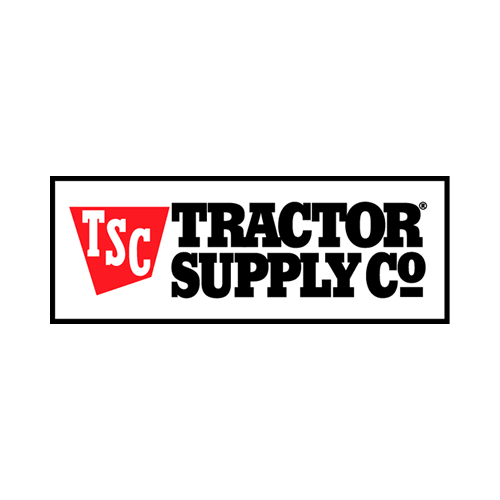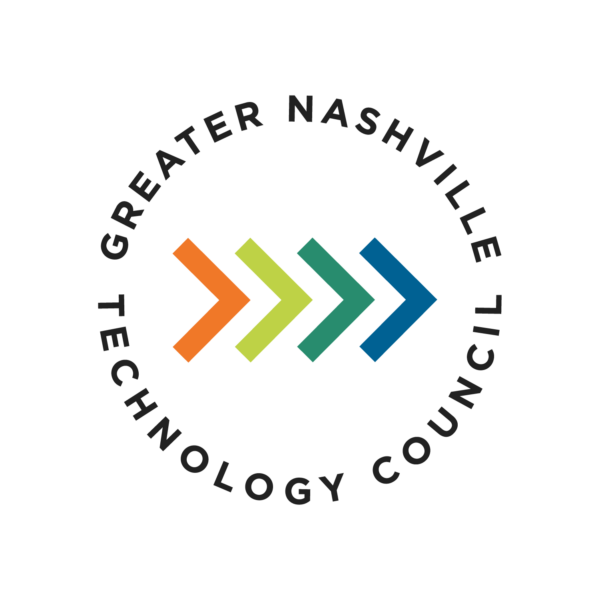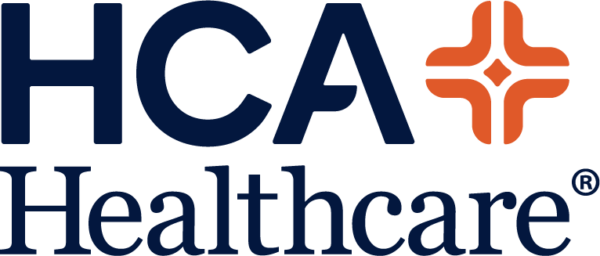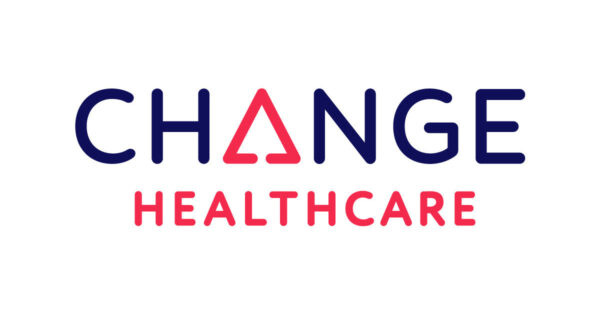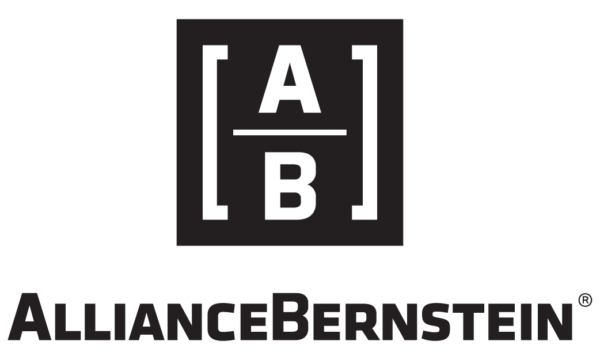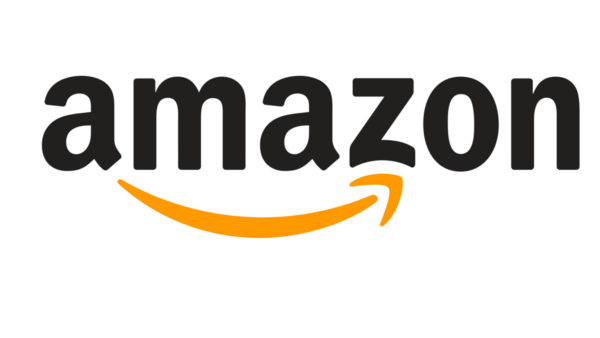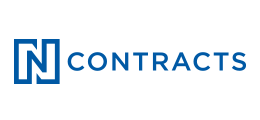While a company could create a technology platform from scratch, they don’t need to do so. After all, innovation isn’t about reinvention. It’s about enhancing what people already have and finding ways to take things to the next level.
Enter BOS Framework (BOS), a company that helps other companies minimize the time and effort required to achieve security and compliance. BOS is a cloud architecture and engineering automation platform that enables technology leaders to quickly build or migrate to a new modern architecture.
Founder and CEO of BOS Sashank Purighalla was always interested in the power of machines, going all the way back to his career as a mechanical engineer from India.
“I started as a mechanical engineer but wanted to pursue my Masters in robotics because I really wanted automation. And then I came to the US in ‘99 for my Masters in Robotics, but moved over to computer science because there’s more automation that’s possible in computer science,” he recalls. In making the move from physical automation to digital automation, Sashank was greatly inspired by Henry Ford, who he considers the creator of the world’s middle class because of his pioneering in automation.
Sashank first started building software products for entrepreneurs as a student, and this quickly became a passion for him. He got his first job at a startup he helped co-found, which today builds software used by 30,000 schools in the U.S.
In 2004, Sashank went on to become the director of engineering for a $2.5B corporation that served the surveillance cameras, communication, and software needs of correctional facilities and international airports. He managed eight teams, two of which were in India and Argentina. “I learned a ton about, you know, security, cross-geography team management, cross-functional management…” he explains.
Sashank worked for this company until 2009, when he says the entrepreneurial bug bit him. He expands on this, saying “I felt I was severely restricted to work in a corporation of that sort. There are a lot of things that I wanted to do. I could do a few things. There were great resources, but … I had to spend a lot of time convincing others rather than being able to do it myself.”
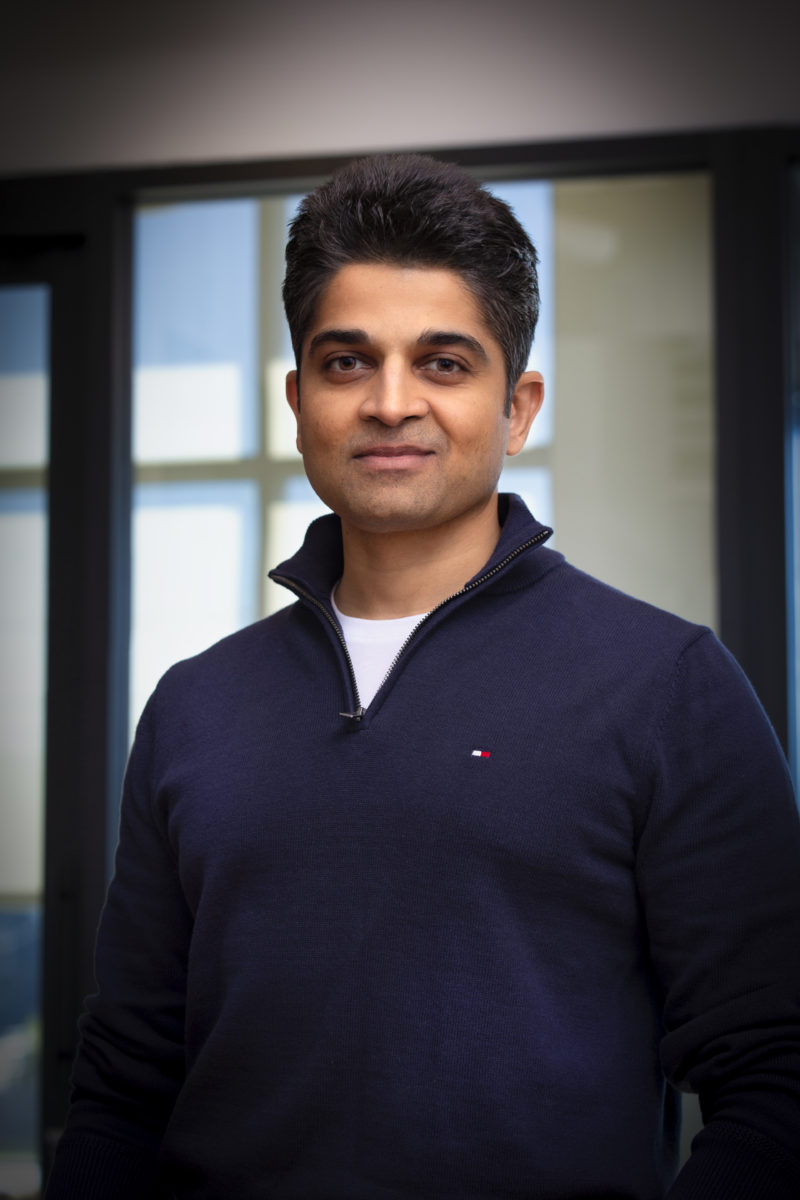
He started his second startup in 2009, the Philadelphia-based 5Y Solutions, which was named after the “5 Why technique” for problem-solving. From 2009-2017, 5Y Solutions created over 200 technology and business products for financial entities, healthcare, and clinical research, with international offices in Sydney, Australia and Hyderabad, India.
Sashank recalls the moment he started to think bigger, “As we did that, what I realized is that… I’ve seen an increasing number of tools that helped individual developers build individual products or applications, or automate a small aspect of the product development ecosystem. Where I saw real problems was—as easy as it is to build a single application—it’s incredibly difficult to build a technology ecosystem that ultimately, collectively power a business.”
Sashank observes that the personnel who lead development efforts—and are responsible for translating business requirements to technology and aligning them with the needs and goals of the company—are in very difficult positions. To Sashank, the ballooning number of data breaches seen in recent years is a prime example of a business’s tech not being properly aligned with other systems. Many of the smaller businesses hit with a security breach risk going under, because the breach is so costly.
In 2018, Sashank wanted to see if he could help make people’s tech systems connect better, without having costly gaps that compromised security or adversely affected the cost. He built a framework for internal use at 5Y, initially called the “Central Nervous System,” so that it could run the entire body of technology for an organization. That prototype system eventually became the “Business Operating System” or “BOS.”
The name “BOS,” which matured into “BOS Framework” as the name of the company, came about because Sashank was trying to reconcile bringing a predictable, deterministic outcome to software. Sashank sees software as it is currently done as more of an art than a science.
He says, “I was basically not able to see engineering in software. Everybody calls it ‘software engineering,’ but I call ‘software engineering’ an oxymoron. There is no engineering in software. I’ve managed over a thousand engineers in the past 21 years, and I’ve not found one engineer who does the same thing two times in the same way.”
Sashank sees BOS as a means to bring predictability to a business’s technology systems through cloud engineering and automation. BOS primarily works with healthcare and finance companies that generate less than $200M in revenue.
“These are companies that are growing. They may have enough money, but they struggle to acquire that top talent, which is in short supply,” he explains.
The BOS automation platform can be used either to build a new product or to migrate an existing product into any cloud system. Thus the migrated product is made as automated as possible. What Sashank considers “creative work” still gets done by developers, whereas the “engineering work” gets offloaded to automated systems.
Sashank continues, “So this reduces the cost for companies. And we were able to now impact them by saving them hundreds of thousands or in some cases millions of dollars. Basically, we are accomplishing what, you know, would take a large team of well-resourced individuals several months to years—we were able to accomplish in a matter of days or weeks!”
BOS has earned praise and attention in the Southeast. The business is a two-time award winner for the NTC Awards. According to the Nashville Post, the company received “$2 million in funding from, among others, former Emma CEO Clint Smith, Andrew Goldner at GrowthX, Wes Warrington of Resolve Diagnostics and Robert Grajewski of The Wond’ry.” Outside of Nashville, BOS was selected for the 2020 Class of Techstars Atlanta Accelerator. This 14-week program—which Sashank compares to a military-style boot camp—had Sashank pitching his business to 300 experts in various fields over a span of four weeks.
“He told us that Techstars interviewed over 1200 founders in all of Southeastern selected tech at the end. We were very fortunate to be in the top 10 out of the top 1 percent of the startups that they selected,” Sashank says.
Sashank describes the accelerator as a program that’s designed to break down every preconceived notion of the participants, and make them retool their own business plans and mental pictures of their target customer. Managing Director David Payne became a friend and mentor of Sashank’s, helping him and the other participating entrepreneurs put the pieces back together again.
Currently, BOS is working on two large, multi-tenant (multi-user) efforts for separate clients in the health and finance spaces, with each tenant needing a particular copy of the syndicated software product for their use. BOS is converting each client’s single-tenant architectures into multi-tenant architectures that will save them 70 to 80 percent of their projected budgets, and make the necessary regulatory compliance “almost seamless.”
Referring to the individual pieces being consolidated, Sashank says, “If you think about how people do it today, it’s all done manually by experts and teams. There are companies built around it. These are service companies that charge $100-$125 an hour, sometimes more. BOS can fundamentally change the game for a lot of companies, which means now that money can be put to better use than this mundane stuff.”
Sashank notes that while the kind of work BOS employees do is significant and leaves a positive mark on other businesses, the job itself can be challenging. BOS offers a mission for serious tech workers, not just a job.
“This is not for everybody. This is for those types of people who believe that change is possible, and that have the tenacity and persistence, and just the dogged stubbornness,” Sashank says.
For further information about BOS Framework, be sure to visit their website and social media.

